![]()
![]()
![]()
Use LEFT and RIGHT arrow keys to navigate between flashcards;
Use UP and DOWN arrow keys to flip the card;
H to show hint;
A reads text to speech;
39 Cards in this Set
- Front
- Back
|
MRS. GREN |
Movement Reproduction Sensitivity . Growth Respiration Excretion Nutrition |
|
|
Movement |
Respondes to changes for one or more of the following reasons... 1)presence of predator 2)find food 3) parts plants move slowly to get more light. |
|
|
Repoduction |
Produceing offspring |
|
|
Sensitivity (irritaballity) |
ability to respond to surroundings. |
|
|
Growth |
Increase in mass/size |
|
|
Resporation |
breakdown of food in in cells to release energy. |
|
|
Excretion |
Getting rid of waste made by cells (sweat,pee) |
|
|
Nutition |
Involves feeding- to get nutrients for growth, energy, and mantaning health. |
|
|
Kingdoms |
Bacteria Protists Fungi Plant Animals |
|
|
Bacteria |
Small unicellular prokaryotic some producers, some consumers |
|
|
Protists |
unicellular eukaryotic some have chloroplast some consumers some producers |
|
|
Fungi |
mostly multicellular many made of hyphae eukaryotic no chloroplast cell walls contain chitin consumers |
|
|
Plants |
multicellular eukaryotic producers |
|
|
Animal |
multicellular eukaryotic consumers |
|
|
Unicellular Kingdoms |
Bacteria Protist |
|
|
multicellular Kingdoms |
plants Animals |
|
|
prokaryote Kingdoms |
bacteria |
|
|
eukayote Kingdoms |
plants animals fungi protists |
|
|
producer Kingdoms |
Bacteria Plants Protists |
|
|
Consumer Kingdoms |
Animals Bacteria Fungi Protists |
|
|
Five Types of Vertebrates |
Fish Amphibians Reptiles Birds Mammals |
|
|
Fish |
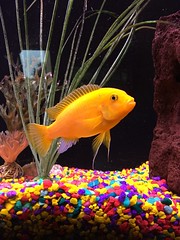
Scales, Fins, gills (breathing),jelly covered eggs in water,eyes no ears,cold blooded |
|
|
Amphibians |
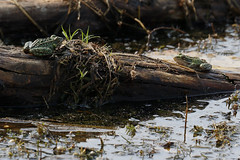
moist skin, 4 limbs,back feet webed(swimming), jelly covered eggs in water, eyes and ears warm-blooded, lungs and skin. |
|
|
Reptiles |
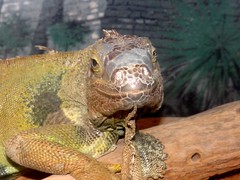
dry, scales, 4 legs(with an exeption to snakes), rubbery waterproof eggs (laid on land),eyes ears, cold-blooded,lungs & skin |
|
|
Birds |

feathers, scales (on legs), 2legs, wings, eggs hard shell, eyes ears, warm-blooded, lungs, beak |
|
|
Mammals |
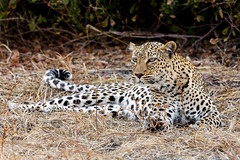
fur, 4 limbs, eyes ears warm-blooded, lungs, (females produce milk for young) 4 types of teetht |
|
|
Invertebrates |
Annelids Nematodes molluscs Arthropods |
|
|
Annelids |

body coverd w/ muscle layer, segmented body, has a mouth and a anus (butthole), may have clitellum (repoduction structure) |
|
|
Nematodes |

cylindrical body, not segmented, pointed at both ends |
|
|
Mollusc |
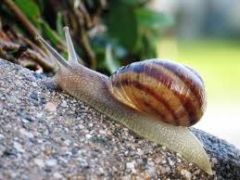
shell (made of calcium carbonate) muscular foot, may have eyes on tenticales |
|
|
Arthropods |
Insects Arachnids crustacean Myriapods |
|
|
Insects |
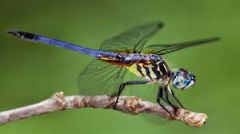
6legs, usually 2 pairs of wings,1 pair of antennae, body divided into head, thorax, abdomen, a lot have ¨fly eyes¨ |
|
|
Arachnids |

8 legs,body / into cephalothorax, abdomen, most have simple eyes, have fangs. |
|
|
Crustacean |

10 or more legs, 2 pairs of antennae, body/ into cephalothorax,abdomn,exoskeketon, ¨fly eyes¨ |
|
|
Myriapods |
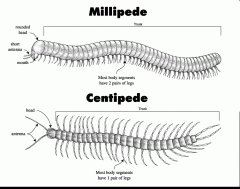
20 or more legs, 1 pair of antennae, body not / |
|
|
Variables |
Independent Dependent Controlled |
|
|
Independent |
The variable you control during the experiment. |
|
|
Dependent |
Measures and responds to the independent variable. |
|
|
Controlled |
The things that have to stay constant and not change to get the thing you're looking for. |

